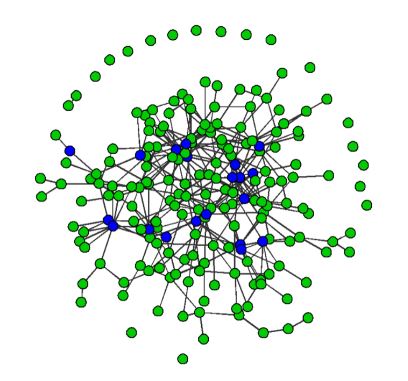Arts and Sciences, College of
Date of this Version
2022
Document Type
Article
Citation
https://www.unomaha.edu/academic-affairs/ne-stem-for-u/ne-stem-4u-activities/lessons.php
Abstract
Objective The student will understand how being a part of a network (e.g. different roles) influences an individual’s decision-making in addition to understanding positions of power within a fish supply network. The student will be able to identify fish transfer (and money) in a fish supply chain network while seeing how each participant’s goals compete with one another and are balanced by the network. The student will engage with NGSS Crosscutting Concept 4. Systems/System Models.
The Fishing Industry has been around for a very long time. Many jobs are tied to the industry, including people who actually catch the fish, sell the fish, and everything in between. This includes marketing, transporting, and even farming the fish. The fishing industry has become very large and generates a lot of revenue globally. This industry has also gained popularity through viewership of reality tv shows (e.g. Wicked Tuna) amongst others, to demonstrate parts of the supply chain. Within the seafood industry, commercial fishing is a major component that highlights a supply chain. A supply chain is expressed as the process of making and selling goods. It includes supplies and materials, manufacturers, distributors, and consumers. Supply chains are used for many reasons, and are efficient at providing the ‘big picture’ of the flow of a good or resource amongst various stakeholders, in addition to the intercollaboration that exists amongst various stakeholders in the supply chain.


Comments
This activity guide was originally published in the following book: NE STEM 4U. 2022. Network science: Fish supply. In Hands-on with NE STEM 4U: For Budding STEMers in Grades 4–8, pp. 128–142. Omaha, NE: University of Nebraska–Omaha.
“These activity guides are supported by the Worlds of Connections SEPA [R25GM129836] at the University of Nebraska-Lincoln, funded by the National Institute of General Medical Sciences of the National Institutes of Health. This content is solely the responsibility of the creators and does not necessarily represent the official views of the National Institutes of Health or the University of Nebraska.”